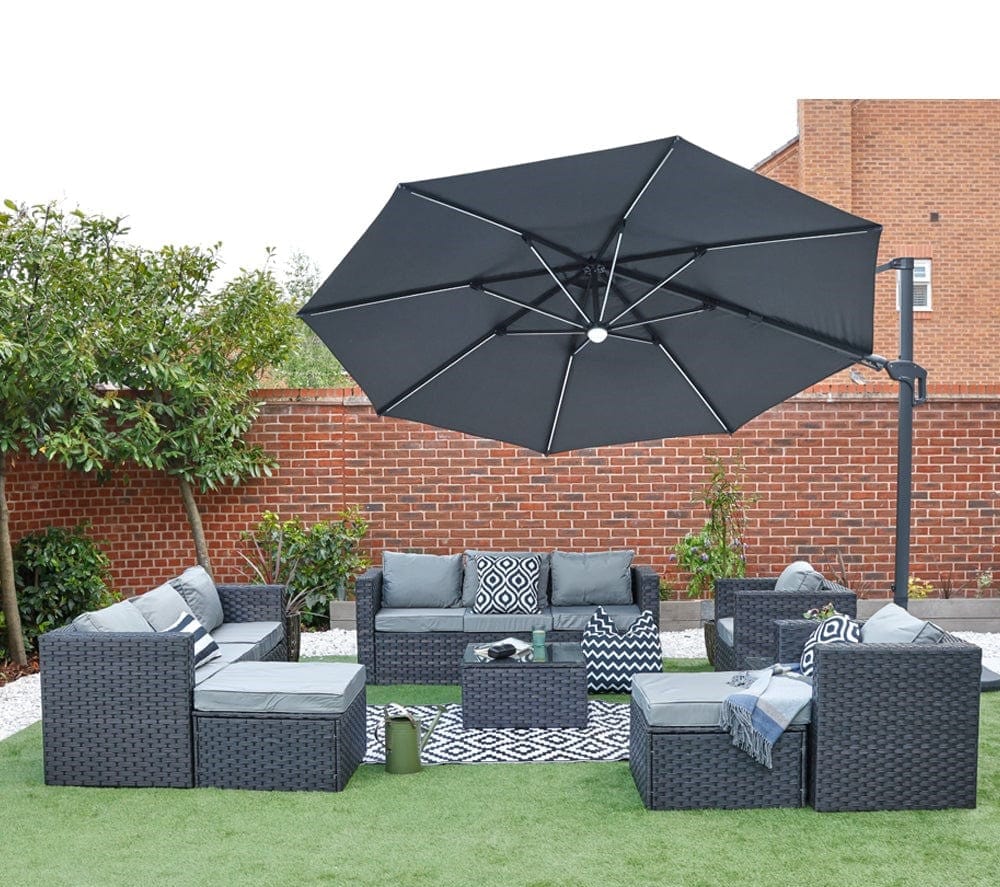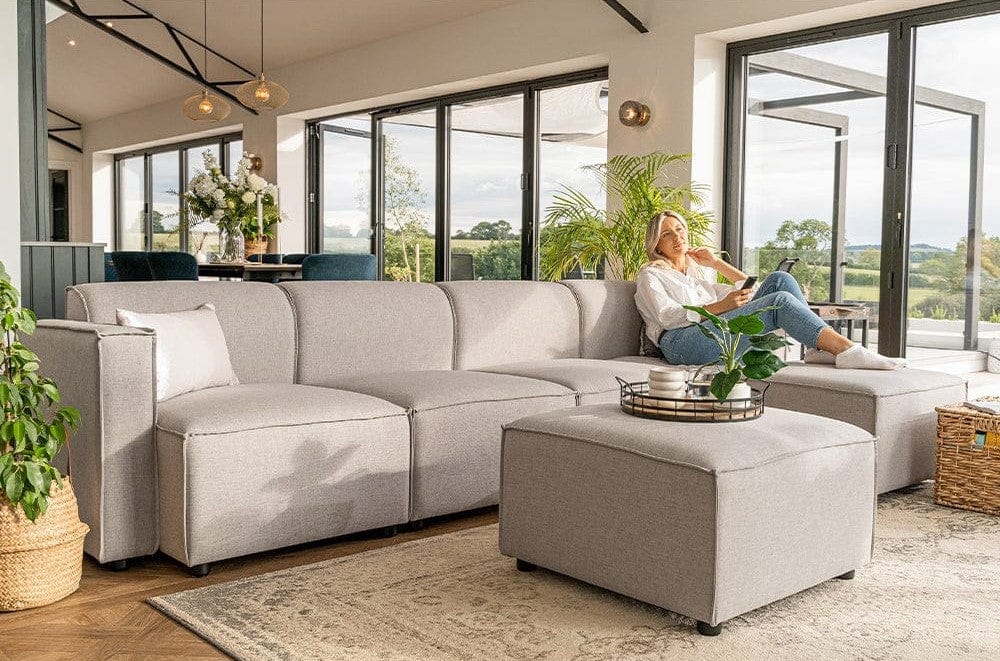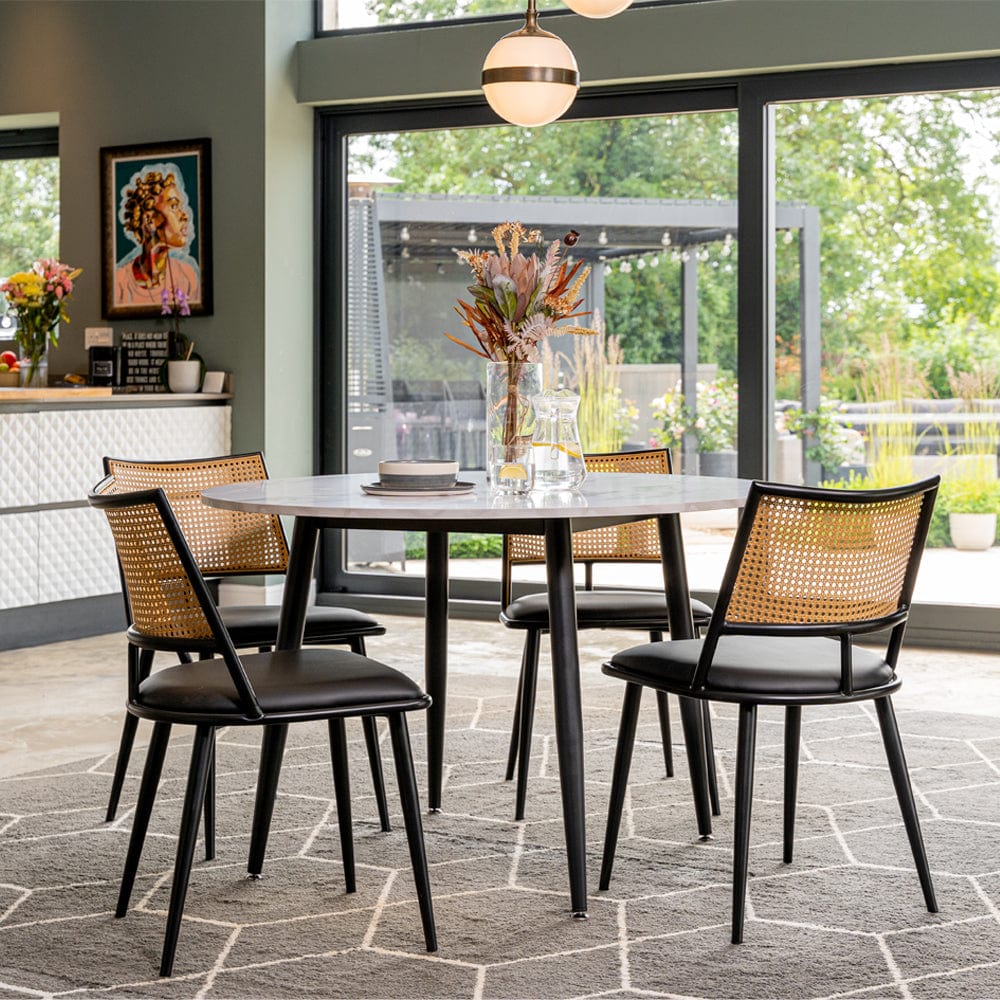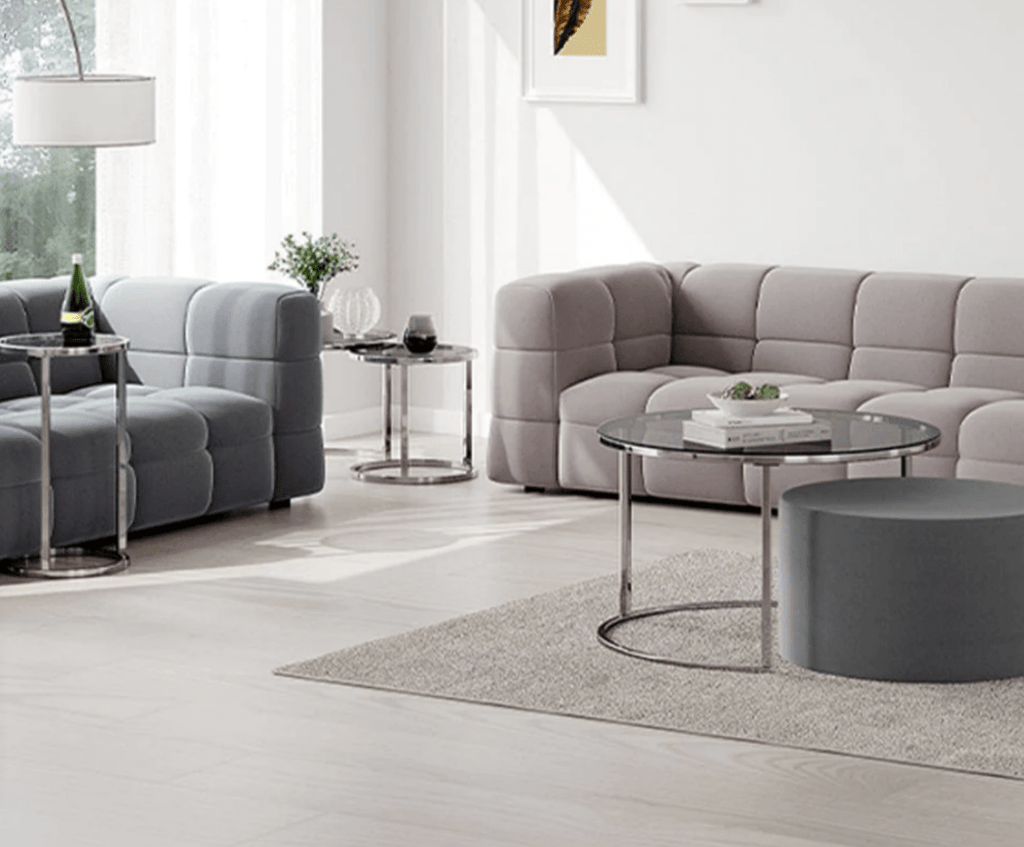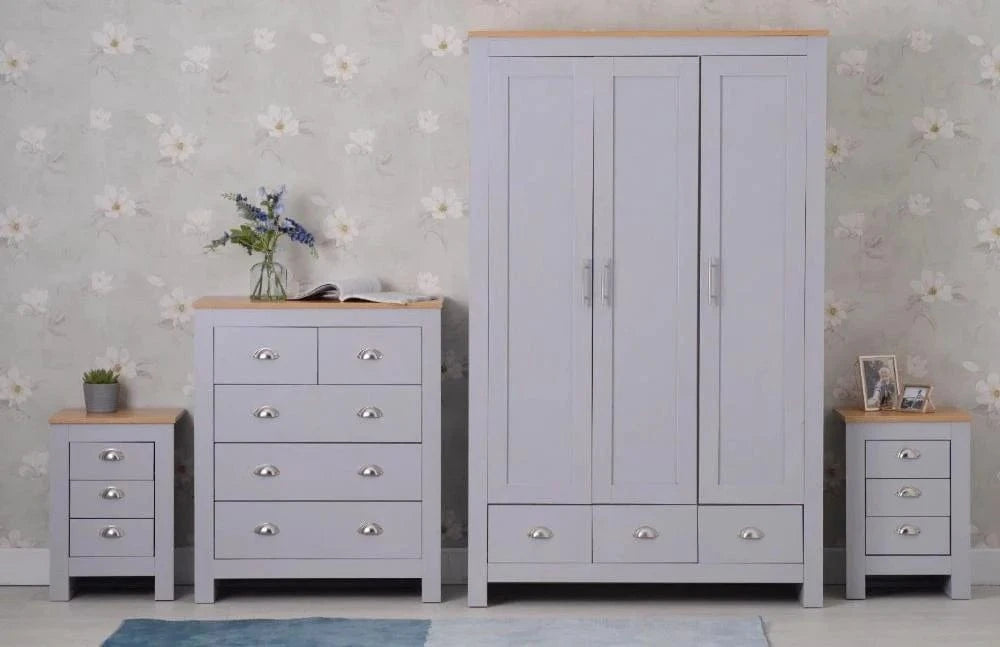How to Repair Rattan Garden Furniture | Furniture Maxi
How to Repair Rattan Furniture
Whether you are a do-it-your-self fanatic, a home improvement expert or even if you aren’t the biggest fan of DIY, there are a number of ways you can repair rattan furniture. If you invest in good quality rattan furniture you shouldn’t have to spend much time on maintenance and repairs, but there may be the odd occasion where conditions need to be improved due to general wear and tear. Below we go through some of the most common issues faced by owners of rattan furniture, so you always know how to fix the problem.
Repairing faded rattan furniture
Like any other kind of material, if rattan is exposed to UV rays for too long it can start to lose some of its colour vibrancy. It’s difficult for any material not to experience some colour loss if left exposed to the sun for an extended period, but there are ways to can help repair decolourisation to rattan furniture.
Of course, the easiest way to protect rattan furniture is to ensure it isn’t left in the sun for too long. Using an all-weather cover can make a difference, ensuring the material is fully protected whenever the furniture is not in use. However, given the changing nature of the British weather the sun can come out at any time, especially if you are away from home for any extended period of time.
Even if your rattan furniture has been discoloured, whether due to UV rays or age, the great news is that rattan can be easily painted to give the material a vibrant new look once more. Use the following steps to repaint your rattan furniture:
- Firstly, clean the rattan furniture to remove any surface dust and dirt. A soft brush will suffice, which will also allow you to get into the crevices. Then use a vacuum with the brush attachment to hoover up anything remaining.
- Give the rattan a light sanding down. Before painting any surface you should always sand it down as it allows the paint to adhere to the surface much more easily.
- Use safety goggles and a mask and ensure the painting is done in a well-ventilated area.
- If you choose to spray paint do so outside in the garden.
- Oil-based undercoats and top coats are the best types of paint to use and allow enough time between application of each coat for drying.
How to repair sagging seats on rattan furniture
All furniture will eventually show signs of wear and tear, and that can also mean seating areas can start to sag over time. There are different types of sagging that can occur which require the application of different techniques in order to remedy them.
If the material has only sagged slightly you can sponge down the affected area using warm water before leaving it to dry fully for 24 hours. The fibres should then contract and shrink back into their original shape.
You can use a fine plant mister to occasionally spray the seating which will help keep the fibres taut. The use of a cushion will also help as this will distribute the weight being applied to the furniture when in use. If excessive sagging has occurred the best solution is to use more furniture cushions to balance out weight distribution and to take some pressure off the rattan.
Repairing a broken leg on rattan garden furniture
While it is not a common issue, it has been known for some people to experience a broken leg on their furniture set. If this does happen they can be repaired, although you may not be able to find an exact match with the wood. To apply a fix you will need to find a piece of wood that is of the same diameter as the broken leg. This could be anything from a broom handle to a second hand piece of furniture you can pick up for cheap.
Use the following steps to repair a leg on a rattan chair:
- Drill a 1 inch hole into the centre of the broken leg. Then do the same on the replacement piece of wood, ensuring the hole has a 5/8 inch hole (a standard doweling size).
- Rather than cutting the leg to the exact size you need, at first make it a little longer.
- Use epoxy resin (wood glue) in both holes, before placing a 2” piece of 5/8” diameter doweling into the leg before pushing the replacement wood into the opposite end of the doweling.
- Place some weight onto the chair so there is enough pressure applied to the new joint and it can firmly fix into place to let the glue dry.
- You can now slowly cut back the new leg to the correct size so it is level with the other legs.
If you want to ensure all the legs are the same colour, you could paint or stain all the legs with a new varnish paint. Legs that have snapped can also use this method to insert a full new leg, rather than attaching a piece of wood to an existing leg.
Repairing loose strands on natural rattan furniture
Another issue owners of wicker furniture sets might occasionally have to deal with is split or loose ends. This can happen on garden chairs, rattan dining tables, sofa sets and any other item featuring a rattan weave. If you notice this on your patio furniture you should attempt to repair it because if left unresolved it could start to unravel and create a much larger problem.
When it comes to loose strands all you have to do is use some superglue to fix them back into position. If you notice some pieces of the weave are missing due to wear and tear, you can replace them with new rattan material which can be purchased online from craft suppliers.
- Cut away any loose old strands so good cane is visible on the weave.
- Measure a long length of new rattan and then soak it in water for 45-60 minutes. This will soften the material and make it easier to weave.
- Dry off any excess water and weave it through the damaged area on your outdoor furniture. You can use a pair of fine-nosed pliers to pull it through each time.
- Once finished, glue the ends into place and let it dry.
Similarly, broken strands of synthetic rattan can be repaired using the same kind of resin and a small sculpting tool. The tool is used to mould the material into the shape as the surrounding material before leaving the adhesive to harden for a day or two.
How to varnish rattan garden furniture
If you own plastic rattan that has been sealed with polyurethane or similar, over time the varnish will start to wear off and the material will need to be resealed. This is one of the downsides of owning synthetic rattan furniture as it requires more upkeep and attention to detail compared to natural rattan products.
To varnish plastic wicker furniture use the following steps:
- Clean the surface of the plastic rattan with warm water and a soft sponge. The main purpose is to let the water soak into the material so it can dry naturally and contract and tighten in the process.
- Use 260-grit sandpaper to sand down the whole surface of the rattan furniture. Once finished use a hair dryer to blow away the surface dust.
- Carefully spray the varnish over the surface of the furniture, following the instructions to remain safe, and ensuring it has been evenly distributed.
- Let the first coat dry for a while before applying the second coat. Make sure the coat is light and even as before. If you need to apply a third coat, as before, allow time for the second coat to dry before adding any more varnish.
- Once finished let the plastic wicker furniture cure for the next couple of days before using it.
Weatherproofing natural rattan garden furniture
Natural wicker furniture made from rattan already has a certain level of weatherproof protection thanks to its tropical roots. You can increase the protection it has from the weather by adding some varnish to the material, helping it to last for longer.
Use the following steps to varnish and weatherproof your rattan furniture.
- Brush down the surface of the furniture to remove any dirt or dust that may have settled so you can varnish a completely clean and smooth surface.
- Lightly sand down the furniture using fine grain sandpaper. This will make it easier for the varnish to adhere to the surface once it has been applied.
- Use a yacht varnish to coat the furniture, applying up to three coats if needed. Allow for enough drying time in-between each coat and also follow the instructions to remain safe during use.
- You will probably need to leave the varnish to dry for up to 48 hours before using the furniture again.
A good way to help your furniture in the long-term is to invest in an all-weather protection cover that can shield the material against rain, frost and UV rays. Alternatively, if you know a downpour is expected you should place the furniture in a sheltered area so the rattan does not become oversaturated with moisture.
Drying out wet rattan wicker furniture
Living in the UK means contending with the British weather and planning our activities based on when the sun is out and rain is about to fall. But as well all know, the British weather can turn at the drop of a hat, so there may be times when you can’t avoid getting your outdoor furniture wet.
The important thing to remember with regards to wet rattan is to dry it out as quickly as possible to avoid long-term damage being caused. The best place to dry the material is in a warm environment with good airflow that can get into all the crevices and areas needed. The longer rattan is allowed to remain wet, the higher the chances are that mildew and mould can start to spread, while the wooden legs could swell and eventually split. If it can’t be dried naturally outside and you don’t have a warm space inside to dry the material, you could use a hairdryer on a low setting held at a good distance to help the drying process.
You can also remove the cushion covers and wash in accordance to the manufacturer’s instructions. If the inner foam pads have started to show mould and are generating a smell your best option may be to seek replacements, as removing the damp smell will prove to be difficult.
A good tip to use to avoid the cushions being affected by damp is to bring them inside when not in use. This can be at any time of the year (including summer) and it ensures they remain protected if an unexpected downpour arrives out of the blue.
Dealing with scratches and marks on rattan furniture
Unlike plastic rattan, the natural material does not need to be varnished in order to reseal it from damage. However, like any material it will eventually start to see signs of wear and tear, especially if it is used a lot and you have young children and/or pets in the home.
If the furniture picks up any scratches and scuffs you may want to add a little more protection. Especially if you keep the furniture in a warm, humid area (conservatories in particular during the summer) it is a good idea to add some yacht varnish to the material.
- As always, clean the furniture first to remove any surface dirt or dust. Use a brush and then a vacuum with brush attachment to avoid the material being damaged during the cleaning.
- Use a fine grain sandpaper to sand down the rattan making it easier for the varnish to adhere during application.
- Follow the instructions and add as many as 3 varnish coats if needed.
The varnish doesn’t have to be added regularly, maybe only once every couple of years, and it should allow you to enjoy the furniture for even longer.
